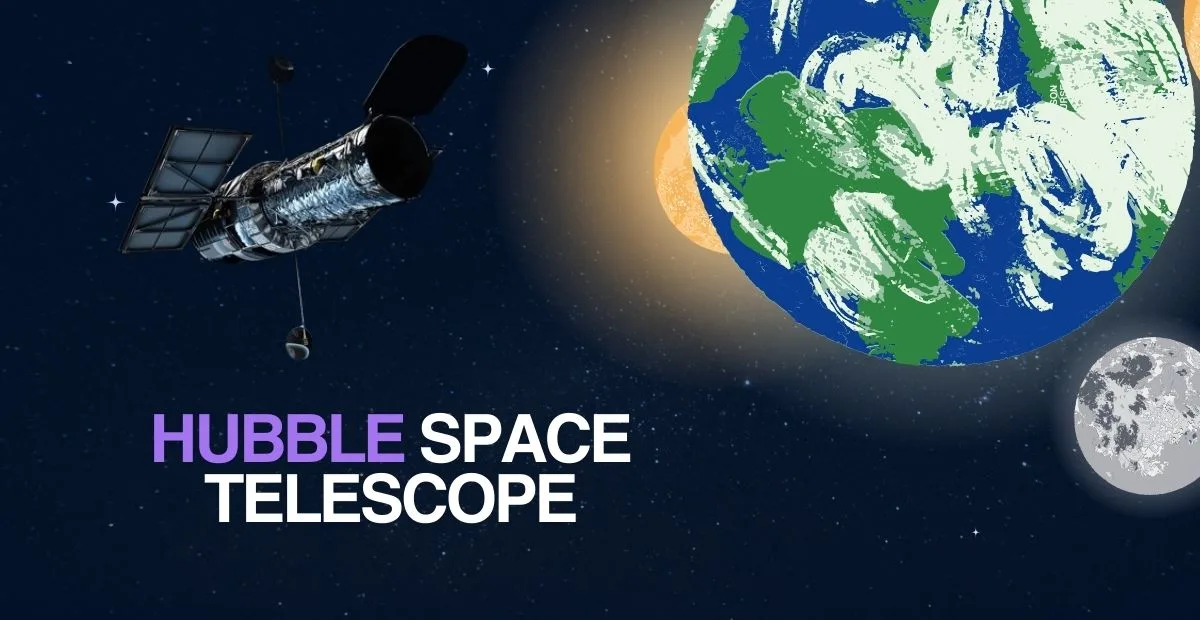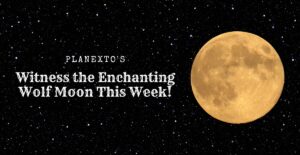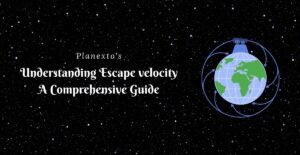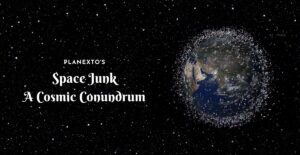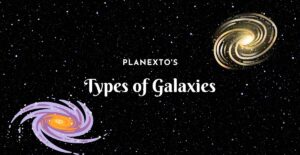Introduction
Welcome, fellow space enthusiasts, and curious minds! Today, we embark on an extraordinary journey through the vastness of the cosmos, guided by the marvel of modern astronomy—the Hubble Space Telescope. As we delve into the depths of space, this blog post will serve as your virtual telescope, offering a front-row seat to the breathtaking wonders and groundbreaking discoveries made possible by Hubble.
A Vision in Space
Named after the renowned astronomer Edwin Hubble, the Hubble Space Telescope has been instrumental in reshaping our understanding of the cosmos and launched into orbit on April 24, 1990 from the Kennedy Space Center in Florida, USA. Orbiting the Earth at an altitude of approximately 547 kilometers (340 miles), the telescope provides an unobstructed view of the universe, unhindered by the Earth’s atmosphere.
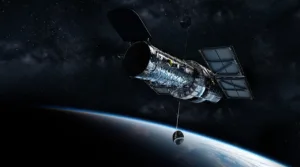
Technology and Innovation
Equipped with cutting-edge technology, the HST has been a pioneer in astronomical observation. Its array of instruments, including cameras and spectrographs, allows astronomers to capture breathtaking images and analyze the composition of distant celestial objects. The telescope’s ability to observe in multiple wavelengths, from ultraviolet to near-infrared, has broadened our insights into the birth, life, and death of stars.
Capturing the Cosmos
One of the Hubble Space Telescope’s most iconic contributions is its stunning imagery. From vibrant nebulae to distant galaxies, the Hubble has captured the beauty of the cosmos in detail. Images like the Pillars of Creation and the Hubble Deep Field have not only mesmerized the public but also provided invaluable data for scientific research.
Key Discoveries
The Hubble Space Telescope has been at the forefront of numerous groundbreaking discoveries. It played a pivotal role in determining the rate of expansion of the universe, known as the Hubble constant. It also provided evidence supporting the existence of dark energy. Additionally, the telescope has been crucial in the study of exoplanets, uncovering their atmospheres and potential habitability.
Repair and Upgrades
Over its three decades in orbit, the HST has undergone several servicing missions to address technical issues and install new instruments. Astronauts aboard the Space Shuttle have undertaken missions that prolonged the telescope’s operational life and strengthen its capabilities. These endeavors guarantee the telescope’s ongoing contribution to scientific progress.
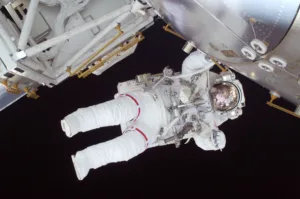
Legacy and Future
The impact of the Hubble Space Telescope on the realm of astronomy has been profound, fundamentally transforming our comprehension of the cosmos. As we celebrate its achievements, the telescope’s legacy lives on in the form of its successor, the James Webb Space Telescope (JWST). The JWST will build upon Hubble’s success, promising even more profound insights into the mysteries of the cosmos.
Conclusion
In Conclusion, The Hubble Space Telescope stands as a testament to the power of human creativity and the endless quest for knowledge. Over the past three decades, it has provided us with a front-row seat to the wonders of the universe, unlocking secrets that were once beyond our grasp. As we continue to explore the cosmos, the Hubble Space Telescope remains a guiding light. Inspiring future generations of astronomers and space enthusiasts to gaze ever further into the cosmic unknown.
FAQs
Q) How long has the HST been in operation?
A) The HST was launched into orbit on April 24, 1990. It has been actively operational for more than thirty years.
Q) What are some of the most iconic images captured by the Hubble?
A) Iconic images like the Eagle Nebula’s Pillars of Creation and the Hubble Deep Field reveal the cosmos’ immense beauty. These pictures capture the breathtaking scale and wonder of the universe.
Q) How does the Hubble contribute to our understanding of dark matter?
A) The Hubble has played a crucial role in studying the effects of dark matter. On the distribution of galaxies, providing insights into the mysterious substance that makes up a significant portion of the universe.
Q) Are there plans for future space telescopes beyond the Hubble?
A) Yes, the James Webb Space Telescope to continue the legacy of space observation beyond the capabilities of the Hubble.
Q) How does the Hubble telescope communicate with Earth?
A) Utilizing the Tracking and Data Relay Satellite System, the Hubble Space Telescope maintains a constant data connection with Earth. This ensures seamless communication between the telescope and scientists on our planet.
